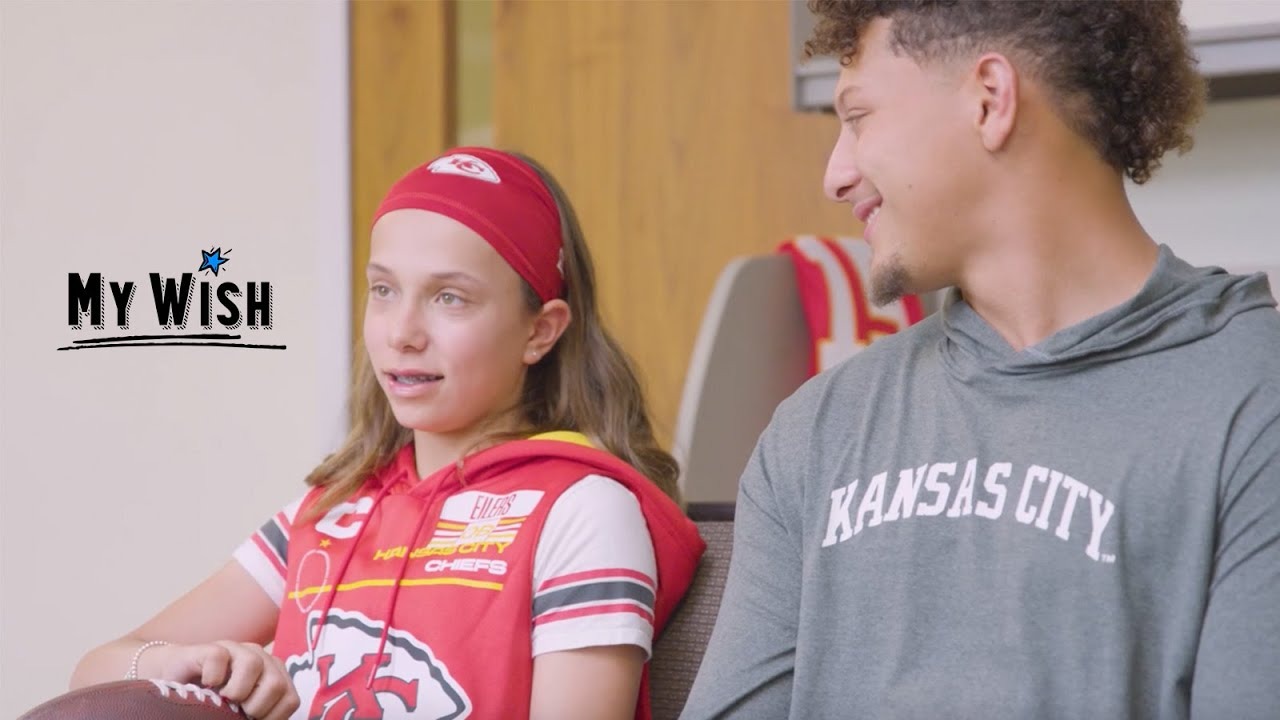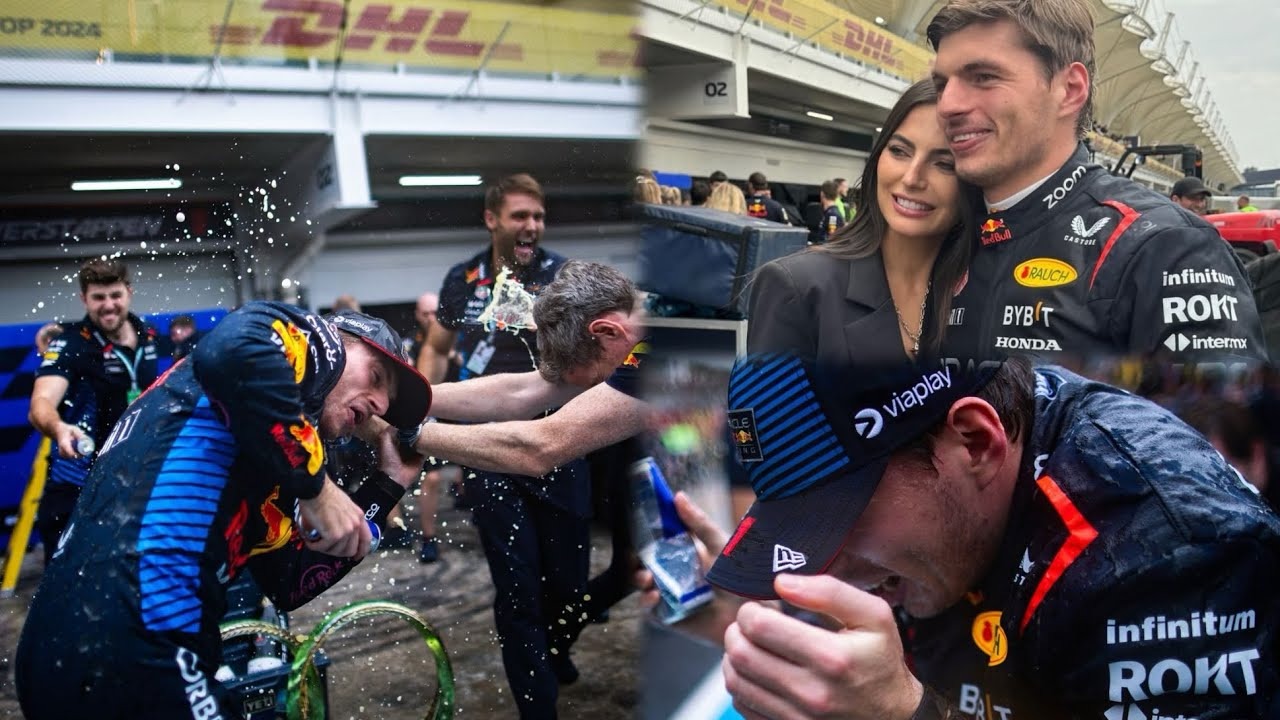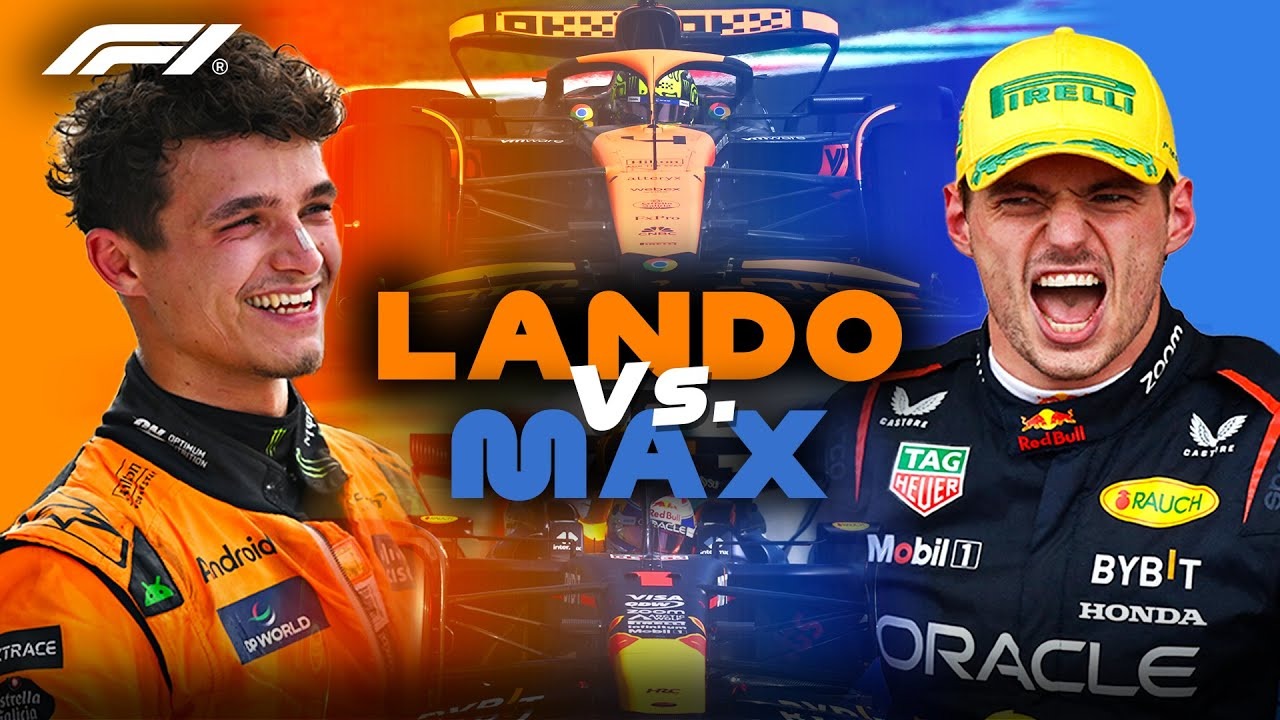Not only one of the most talented athletes on the planet but also the highest earner, Roger Federer is an active philanthropist, collaborating with Bill Gates on efforts to educate children and Help people affected by natural disasters.
In 2019, Swiss tennis star Roger Federer entered the list of the highest paid athletes (fifth place). This year alone, the famous tennis player has earned $7.4 million from tournaments and another $86 million from other deals.
During his entire career, Federer has won more than $123 million from tournaments, not to mention other earnings, such as a $300 million deal with Japanese clothing retailer Uniqlo, totaling This tennis player’s net worth is nearly 360 million US dollars.
With such huge assets, people will immediately think of a person with an admirable luxurious life. But Federer doesn’t live like that. He and his family lived a quiet life. Instead of spending on himself, Federer helps people through his non-profit organization called the Roger Federer Foundation, as well as other charitable activities.
/origin-imgresizer.eurosport.com/2015/07/20/1644222-34882327-2560-1440.jpg)
The charity fund is named after a famous tennis player, but the fund’s activities do not focus on this sport. The Roger Federer Foundation focuses on education. The foundation works to improve access to early education for children in six low-income countries, including Botswana, Malawi and Zambia.
When Federer founded his nonprofit in 2003, he focused on projects in South Africa, which is his mother’s homeland.
The foundation’s mission statement is as follows: “We aim to give children the best start on their educational path by establishing and further developing existing early education services according to sustainable way”.
In other words, this nonprofit does not establish new educational institutions for young children but instead partners with local NGOs, schools and teachers to provide educational benefits for children. The fund will help organizations find ways that work best for their communities.
Janine Händel, CEO of the Roger Federer Foundation describes one project: “For example, in a community or area that doesn’t have classes for young children, we will mobilize that area, show them how to can organize to build a classroom. Therefore, we are not the ones who build classrooms, but we empower localities to improve infrastructure.”










